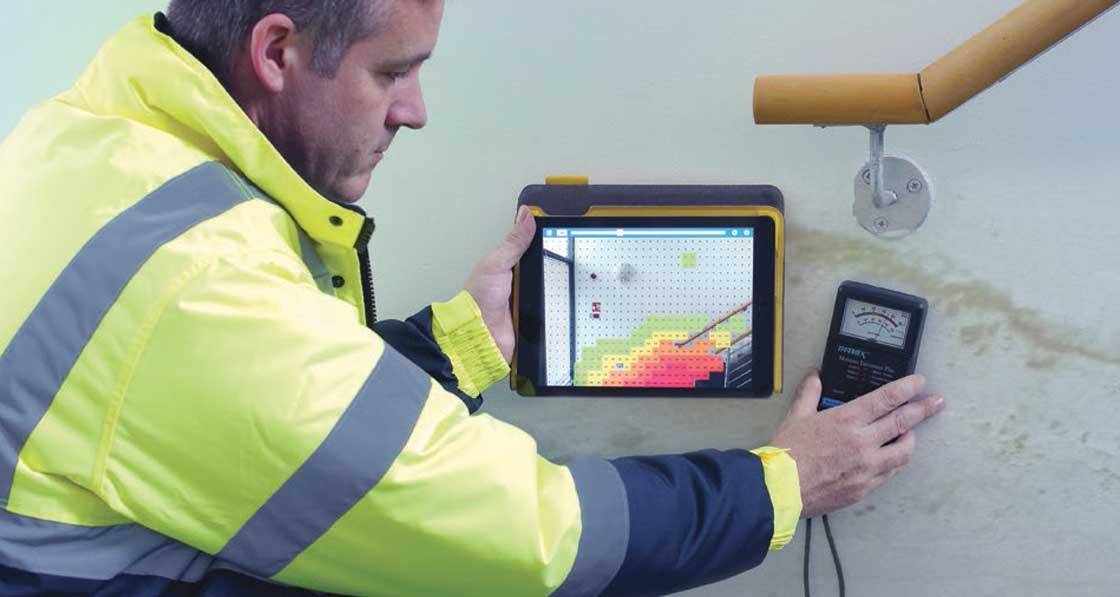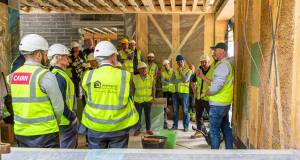
- Marketplace
- Posted
Moisture monitoring key as energy standards rise
Tramex, the Irish manufacturer of moisture meters for the building design and construction industries, has emphasised the critical importance of testing and monitoring moisture conditions within buildings as airtightness and insulation standards continue to increase.
This article was originally published in issue 32 of Passive House Plus magazine. Want immediate access to all back issues and exclusive extra content? Click here to subscribe for as little as €10, or click here to receive the next issue free of charge
Improvements to Part L of the building regulations in recent years mean that Irish homes and offices are becoming more and more airtight, and while mechanical ventilation is being increasingly specified as the best way to remove humidity, natural ventilation is still popular. Because natural ventilation is not generally as effective at removing humidity as mechanical ventilation, it is these homes that may be at most risk of dampness and mould, both surface-level and interstitial condensation within the building fabric.
And while moisture issues are always a concern in retrofit, ambitious new build standards mean they are now an increasingly an issue on new projects too. Combine that with the damp Irish climate and the amount of moisture typically contained in building fabric during construction, and Passive House Plus has heard reports of mould appearing on some new build projects even when still on site.
Wicklow-based Tramex have been manufacturing their moisture meters to their core market in the US for many years, but are now seeing increased potential for their use in the UK and Ireland as buildings standards rise.
The company supplies a range of data loggers, moisture meters and probes. These range from simple sensors that log internal humidity, to tools for ‘moisture mapping’ of building assemblies which can produce the moisture equivalent of thermal images, and small non-destructive probes which can be inserted into walls that be used to test moisture conditions.
The company’s data loggers are bluetooth enabled and provide five-minute interval readings of a range of moisture, humidity and temperature indicators. It can also provide interstitial data when connected to probes. Speaking to Passive House Plus, Andrew Rynhart of Tramex also stressed that solutions are available for building assemblies found to contain excessive levels of moisture. “We aren’t just here to diagnose problems but can advise on solutions as well. For example, there are now injection tools available for injecting dry air into walls to dry them out.”
John Morehead of Wain Morehead Architects – a firm known for their technical expertise in building performance – recently discovered Tramex via Passive House Plus and purchased equipment including the ME5 non-destructive moisture meter for instant moisture measurement and evaluation.
“With the Tramex ME5,” said Morehead, “we finally have an instrument available that measures moisture in a non-invasive manner at variable depths that enables the operator with the app to instantly visualise and record and understand what may be happening.”
Morehead described the meter as “indispensable for conservation or building defect/expert witness work with industry standard calibration - and all manufactured and developed in Ireland!”







